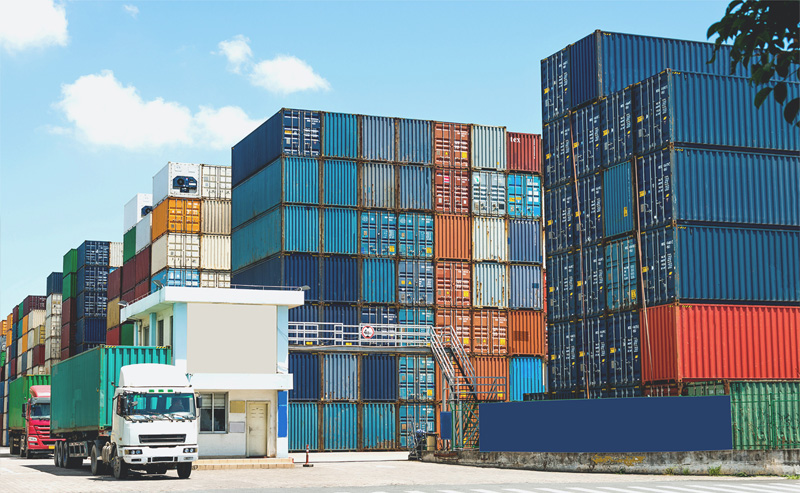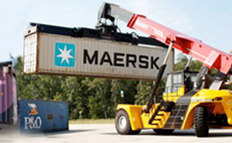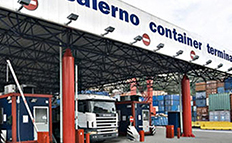Digital Trunking & Data Communication
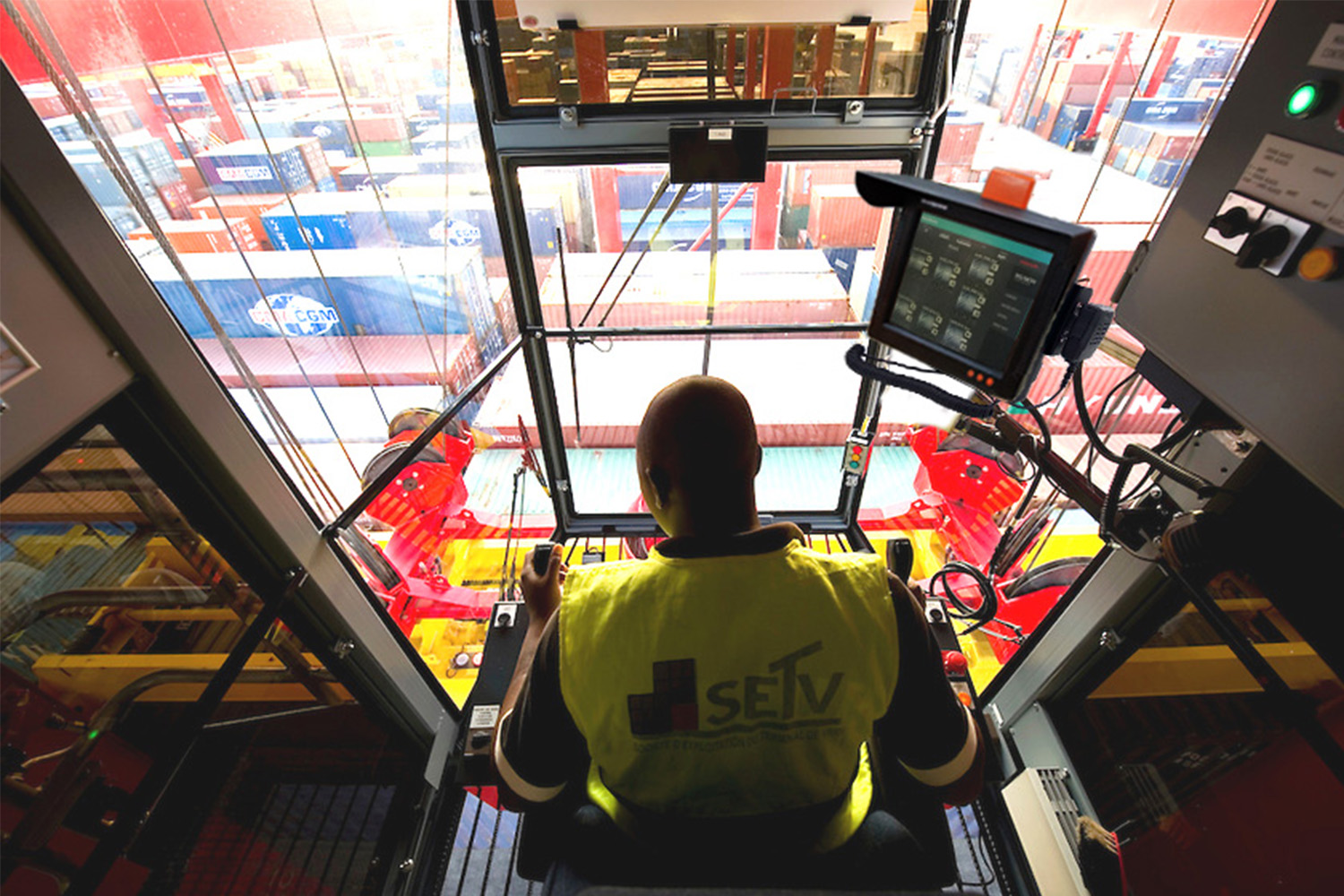
Data and voice communication play a pivotal role in port work dispatching. While the development of walkie-talkies and modern electronic products has improved and simplified this task to some extent, it has also added complexities. Interoperability between past and present products can be problematic, and different brands of walkie-talkies may not be able to work together. In some cases, additional voice equipment and communication service fees may need to be paid. This can be disruptive to port operators, especially during emergencies or crises, when collaboration issues may become more serious.
In today’s world, port operations can achieve this goal through wireless networks and connected in-vehicle computers. These systems enable port-related workers to not only communicate via voice but also collaborate with other devices such as smartphones, mobile computers, tablets, and more. Additionally, they can seamlessly share files and data over the network without the need for additional investments in voice equipment.
Requirements
Port operations involve multiple parties and personnel, including shipping companies, port operators and container truck companies. Smooth communication among these parties is essential for ensuring the accuracy and efficiency of cargo transportation. This necessitates continuous 24/7 communication and remote work in a wide range of port areas. These communications are used to coordinate shipping schedules, crane operations, personnel supervision and control, and security monitoring. Communication must be reliable and easy to use, enabling personnel to swiftly engage when necessary.
The following are the computer hardware requirements for TOS (Terminal Operating System) communication applications:
- Easy and Convenient Operation: Users should be able to perform instant one-to-one or group digital trunking communications simply by pressing the push-to-talk (PTT) button.
- All-in-one Computer Equipped with Touchscreen:The computer should be able to display additional task instructions in addition to digital trunking communications.
- Wide and Stable Signal Transmission:The computer should be able to maintain high-quality data transmission in various types of variety of vehicles and machinery, including container trucks, heavy-duty mobile machinery, and gantry cranes.
- Ruggedized Hardware Design:The computer should be able to withstand the harsh environmental conditions of the ports, including exposure to rain, salt spray, extreme temperatures, shock, and vibration.
Solutions
Darveen’s VT series vehicle mount computers offer significant advantages over other mobile communication technologies:
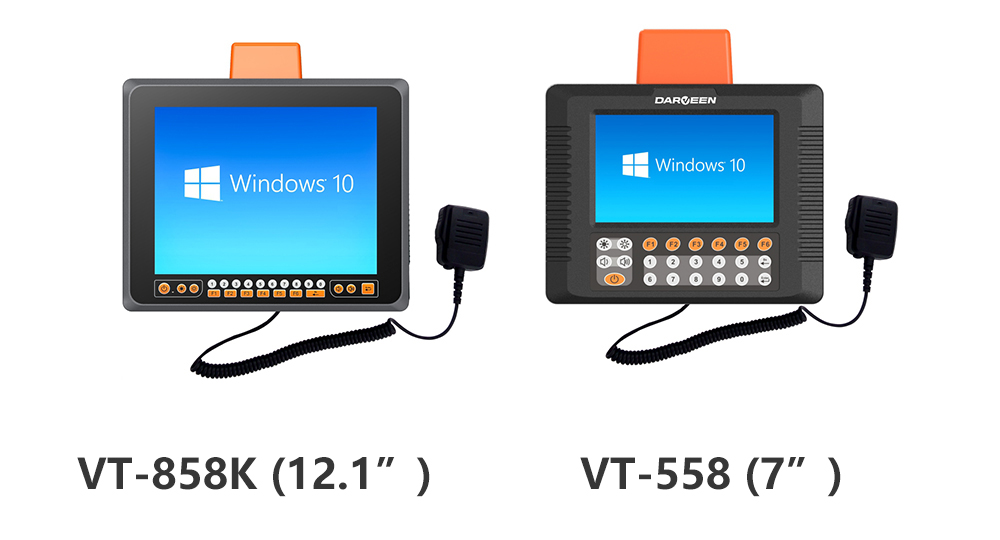
- Push-to-talk Integration for Seamless Calls
Darveen’s VT series vehicle mount computers have a built-in voice module that enables push-to-talk (PTT) voice transmission. Using PTT-enabled walkie-talkies, users can easily engage in multi-person trunked calls with other workers over a wireless network.
- Multi-touch Screen for Easy Operation
The VT series offers a wide range of touchscreen options, ranging from 7″ to 12.1″, and supports projected capacitive (PCAP) and resistive touchscreens. Users can even use the touchscreen while wearing gloves. With a variety of computing performance and a choice between Windows and Android operating systems, Darveen offers a wide range of sizes and models to fit almost any vehicle mount computer application scenarios.
- 4G/5G Connectivity for Seamless Communication
Darveen’s VT series vehicle mount computers are equipped with a high-gain wireless antenna for transmission over a wide area. When workers operate remotely, they can use TOS scheduling software to achieve digital trunking and data communication over WiFi, 4G/5G networks, thus saving the cost of additional communication equipment.
- Rugged and Reliable
Darveen’s VT series vehicle mount computers boast a superior rugged design with IP65 protection against dust and water. Their aluminum alloy casing is not only corrosion-resistant, but also has excellent heat dissipation to ensure that they can withstand high salt-spray port environments and continue to operate reliably in harsh environments. They support a wide input voltage of 8 to 36 V DC, suitable for a variety of power supply scenarios. The VT series not only meets the MIL-STD-810G U.S. military test standard, but also has a wide operating temperature range from -20°C to 60°C. These excellent rugged features provide peace of mind for operation in the demanding port environment.
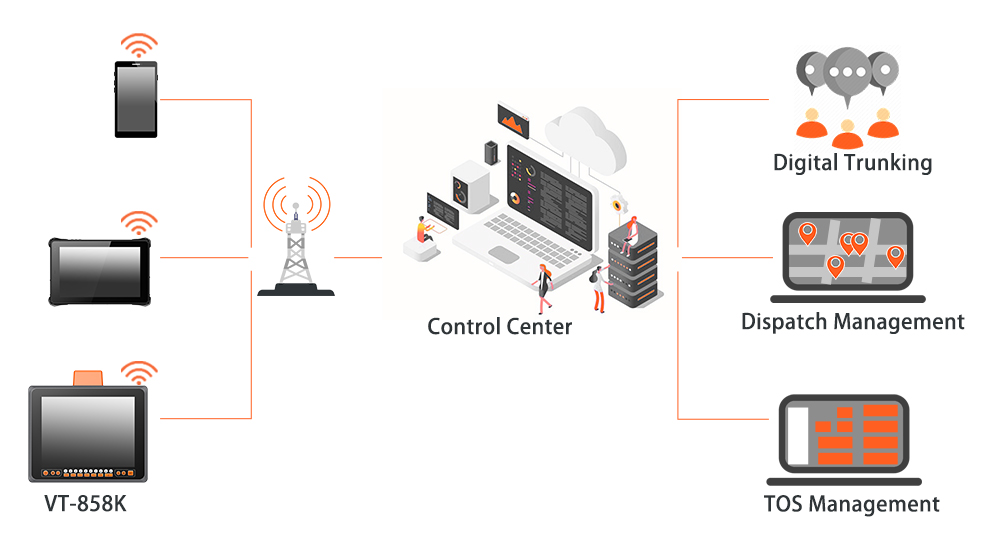
Benefits
- Efficient Communication and Coordination
Workers in different parts of the port can now communicate with each other via voice and data over a unified wireless network. They can connect to this network and use a variety of devices such as Darveen’s VT vehicle mount computers, smartphones and tablets. This enables real-time and rapid communication and collaboration among workers, facilitating digital trunking and the sharing and management of data over the network. This helps to improve the turnaround efficiency of the port and reduce the incidence of accidents.
- Cost Savings
Through integrated network data transmission, port operators can save the cost of building voice communication equipment and eliminate the need for additional communication fees.
- Operational Optimization
By harnessing the power of big data and analytics, port operators can more effectively monitor and manage equipment, manpower and other resources. This results in reduced downtime and optimized scheduling, leading to improved operational efficiency.
Recommended Products
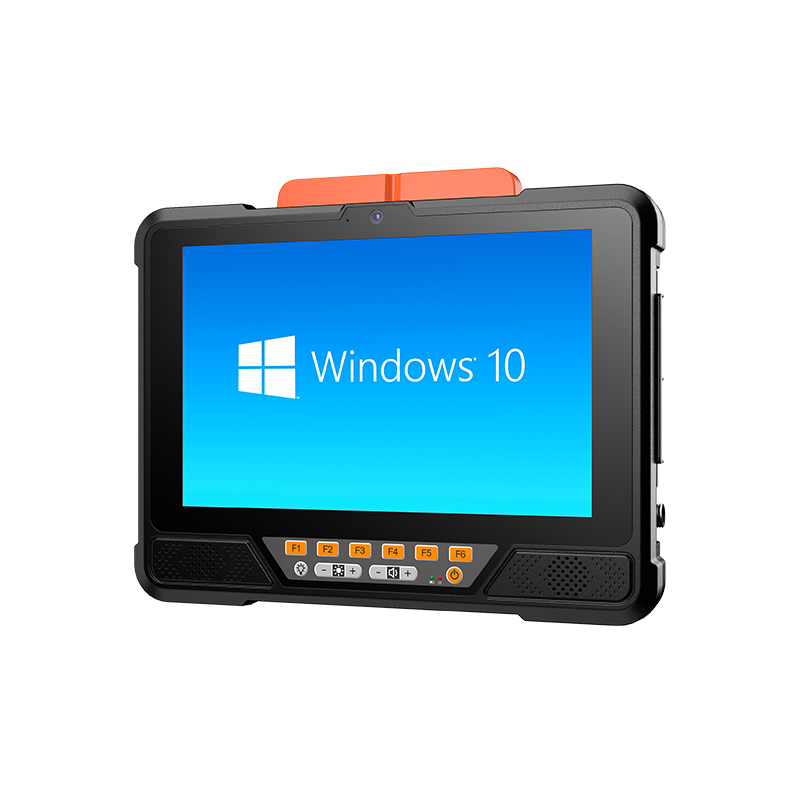 |
VT Windows Series Vehicle Mount Terminal
● 7” to 12.1” LCD with resistive or capacitive touch |
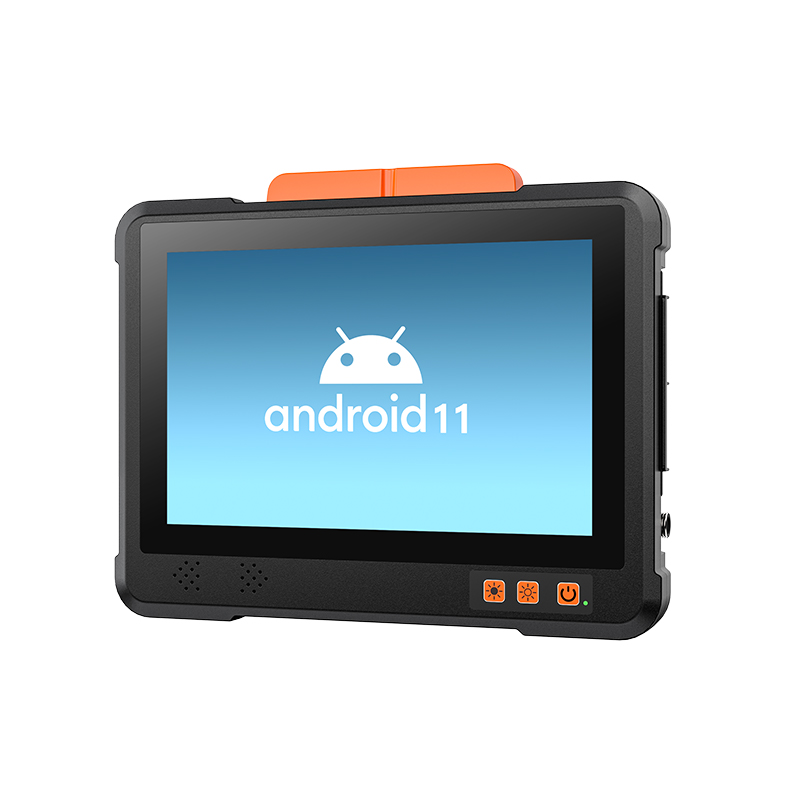 |
VT Android Series Vehicle Mount Terminal
● 7” to 12.1” LCD with resistive or capacitive touch |


